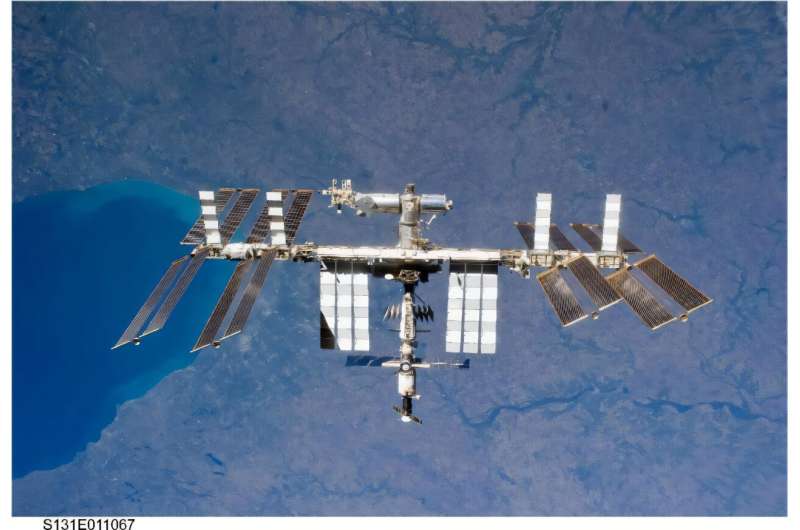
A paper published in Gravitational and Space Research unveils insights gained from International Space Station (ISS) National Laboratory-sponsored research on transport phenomena, fundamental physical processes involving momentum, energy, and mass transfer.
Transport phenomena describe the ways in which heat and matter move through their surroundings, for example, how heat radiates from a stove or how a scent fills the room. Exploring these dynamics outside Earth’s gravitational forces could lead to revolutionary advances in pharmaceuticals and other commercial applications.
The ISS National Lab gives researchers access to the space station’s persistent microgravity setting to investigate transport phenomena in ways not possible in ground-based laboratories. Since 2016, the ISS National Lab and the U.S. National Science Foundation’s (NSF) Chemical, Bioengineering, Environmental, and Transport Systems (CBET) Division have partnered to support 43 projects (37 at the time the paper was published) across various scientific domains, such as heat transfer, combustion, and fluid dynamics.
These projects have resulted in valuable scientific discoveries, demonstrating the power of partnerships between the ISS National Lab and government agencies to advance critical fundamental science.
“This latest publication highlights ways researchers have leveraged microgravity to isolate and study fundamental physical phenomena typically obscured by gravity-induced forces,” said lead author Phillip Irace, science program director of research and innovation for the ISS National Lab.
“Our collaboration with NSF provides increased access to space to enable groundbreaking fundamental scientific research on the ISS in ways unattainable on Earth,” he said. “For instance, the absence of sedimentation in microgravity allows us to study how small particles move under the influence of temperature or surface tension gradients. These findings can advance applications such as drug delivery, biosensing, and thermal management technologies.”
The publication details several key experiments, such as research on spherical cool diffusion flames and projects examining fluid dynamics in the absence of buoyancy. “This research paves the way for potential advances in combustion engine efficiency, energy production, and materials manufacturing,” explained Shawn Stephens, senior payload operations project manager for the ISS National Lab and a co-author of the paper.
“Our work on the ISS allows us to push the boundaries of science,” he said. “Completing these investigations has led to advancements that have the potential to significantly enhance various industries and improve life on Earth.”
More information:
Phillip H. Irace et al, Transport Phenomena Research in Microgravity via the ISS National Lab to Benefit Life on Earth, Gravitational and Space Research (2024). DOI: 10.2478/gsr-2024-0010
Provided by
International Space Station U.S. National Laboratory
Transport phenomena and fundamental physics investigated in the microgravity of the ISS (2024, November 26)
retrieved 26 November 2024
from https://phys.org/news/2024-11-phenomena-fundamental-physics-microgravity-iss.html
part may be reproduced without the written permission. The content is provided for information purposes only.